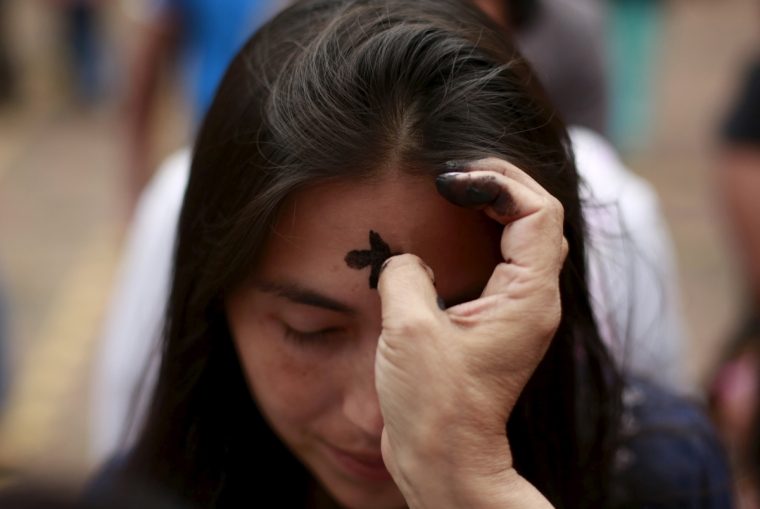Why do women dislike going to church?

PRINCETON, N.J. (Christian Examiner) – Fewer women in the U.S. are attending church than ever before, the Pew Research Center has concluded based on analysis of the General Social Survey from 1972 through 2012.
Women are still more likely than men in the U.S. to attend religious services at least once a week, but the number of women attending has declined four percentage points since 1972.
According to Pew's analysis, from 1972-74 an average of 36 percent of women and 26 percent of men attended religious services weekly. Attendance among women peaked in 1982, during the height of the Cold War, when 40 percent of women attended weekly. At the time, church attendance among women outpaced that among men by 13 percentage points.
By 2012, however, that gap had narrowed to only five points. Attendance among women dropped to 33 percent. Male attendance remained consistent from 1972-2012, at 28 percent.
Just why the level of church attendance among women is declining isn't known for sure, and theories – according to Pew's David McClendon – "don't always square with available data."
One reason proposed, however, is that the number of women attending religious services has declined in proportion to the increasing number of women aged 25-64 working full-time and not in the home. In 1972, about 30 percent of women worked full-time. By 2012, that number had risen to 50 percent (after peaking near 60 percent in the 1990s).
However, that theory may not hold water because attendance declined among both among women working full-time and those working in the home or part-time.
Pew also suggests the increased level of educational attainment by women could have led to the narrowing gap between male and female church attendance. That also may not be true, though. According to the puzzling findings, attendance fell both among those with a college education and those without.
McClendon notes that the decline in women's church attendance pairs with the increasing number of religiously-unaffiliated adults or "nones." That number grew from 8 percent in 1990 to 21 percent in 2014. That doesn't mean the "nones" do not believe in God, but that they are disaffected with institutional religion and have stopped attending services on a regular basis.
According to Patricia Miller, journalist and author of Good Catholics: The Battle Over Abortion in the Catholic Church, the decline in women attending church has little to do with the rise of the "nones."
Miller suggests church attendance among women began to decline in the 1980s when "religious leaders in the Catholic Church and the evangelical movement fused religious with the culture wars."
"This drop in church attendance for women coincided with the period when the Catholic bishops began making abortion a litmus test for Catholic politicians, as in the 1984 election when Vice Presidential candidate Geraldine Ferraro was attacked for being pro-choice," Miller writes.
Even Miller's theory, however, is troublesome. Church attendance recovered somewhat among women in the 1990s, and the Catholic Church's position on abortion did not change from 1973, when the church decried Roe v. Wade. To answer for the decline following the brief recovery, Miller blames the Catholic Church's sex abuse scandal and a conservative takeover of religion in politics.
Ironically, Miller then points the finger at evangelicals, whom she says, took up the mantle on "Catholic" issues like birth control. She says those political stances have alienated many women.